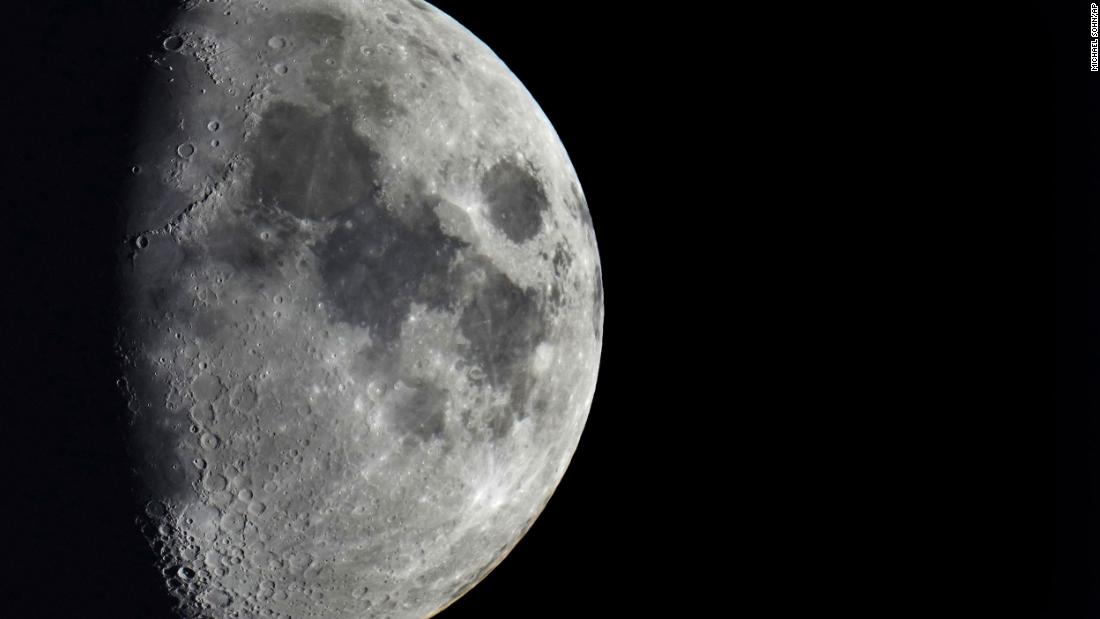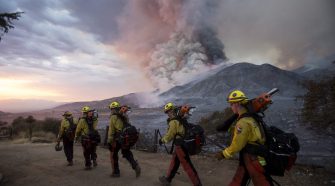It’s expected to hit the moon around 7:26 a.m. ET at about 5,500 miles per hour (8,851 kilometers per hour), but the event won’t be visible from Earth because the impact is expected to take place on the far side of the moon.
“If it were observable — which, sadly, it won’t be — you would see a big flash, and dust and disintegrated rocket bits and pebbles and boulders thrown out, some of it for hundreds of kilometers,” said Bill Gray, an independent researcher focused on orbital dynamics and the developer of astronomical software. He was first to spot the trajectory of the rocket booster.
The only way to know exactly where the rocket hits is through images. NASA’s Lunar Reconnaissance Orbiter will not be in a position to observe the impact as it happens, the agency said.
However, the orbiter’s mission team is assessing whether observations can be made of any changes to the lunar environment associated with the impact and later identify the crater formed by the impact.
“This unique event presents an exciting research opportunity,” NASA said in an emailed statement.
“Following the impact, the mission can use its cameras to identify the impact site, comparing older images to images taken after the impact. The search for the impact crater will be challenging and might take weeks to months.”
India’s Chandrayaan-2 orbiter may also be able to locate the impact crater, which could be up to 65 feet (20 meters) in diameter, Gray said.
It will be far from the only crater on the moon, which has no protective atmosphere. This means impact craters occur naturally when it’s hit by objects like asteroids — which is a regular occurrence. Craters have also resulted from spacecraft being deliberately crashed into the moon.
There is a possibility of biocontamination at the crash site, since rocket parts aren’t sterile when launched, said David Rothery, a professor of planetary geosciences at The Open University in the United Kingdom.
“Most microbes will have died but maybe not all. They’re probably not going to reproduce but it’s a very small risk,” he said.
Unclear origin
No agencies systematically track space debris so far away from Earth, and the confusion over the origin of the rocket stage has underscored the need for official agencies to monitor deep-space junk more closely, rather than relying on the limited resources of private individuals and academics.
However, experts say that the bigger challenge is the space debris in low-Earth orbit, an area where it can collide with functioning satellites, create more junk and threaten human life on crewed spacecraft.
There are at least 26,000 pieces of space junk orbiting Earth that are the size of a softball or larger and could destroy a satellite on impact; over 500,000 objects the size of a marble — big enough to cause damage to spacecraft or satellites; and over 100 million pieces the size of a grain of salt, tiny debris that could nonetheless puncture a spacesuit, according to a NASA report issued last year.


















